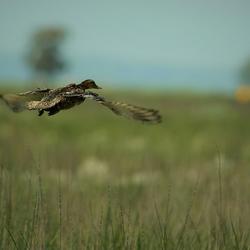USGS Wildland Fire Science
USGS science helps understand the causes, consequences, and benefits of wildfire and helps prevent and manage larger, catastrophic events.
USGS Drought Science
Helping managers understand the interactions that determine the magnitude and impact of drought on water availability and ecosystems across the Nation
Ecosystems Science at USGS
Ecosystems Mission Area
The USGS Ecosystems Mission Area provides science that directly benefits the health, safety, and prosperity of the American people by providing trusted and timely information to help address the Nation’s toughest management and conservation issues impacting public lands and the surrounding communities that benefit from them.
USGS Science for Public Safety & Security

Science within the USGS Ecosystems Mission Area provides a critical advantage in addressing public safety, infrastructure, and security issues surrounding natural disasters and changing landscapes, strengthening America’s ability to be a hazard ready Nation.






